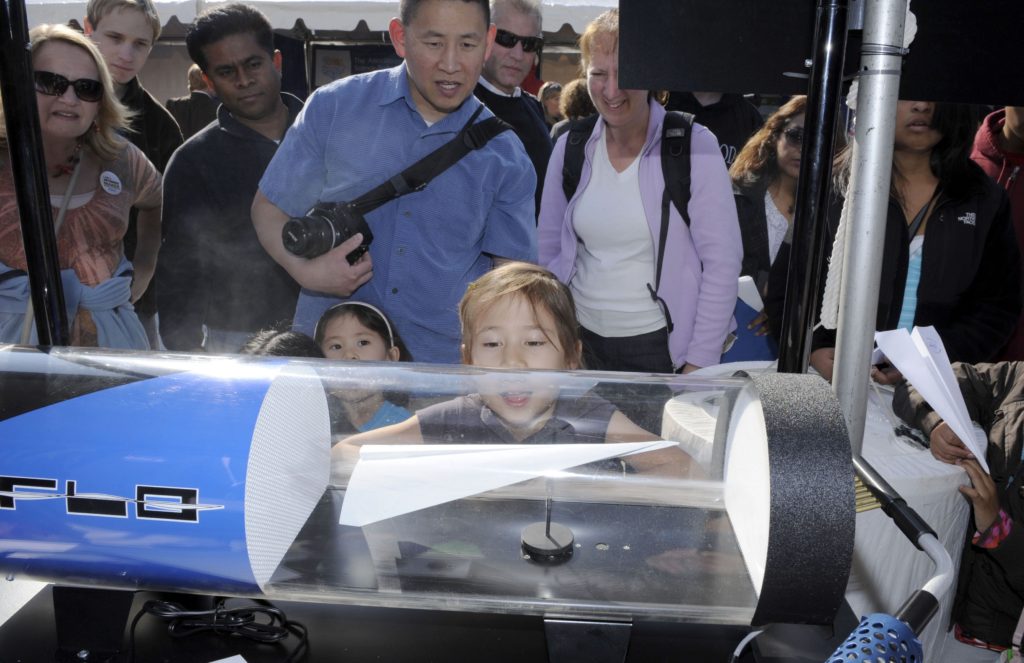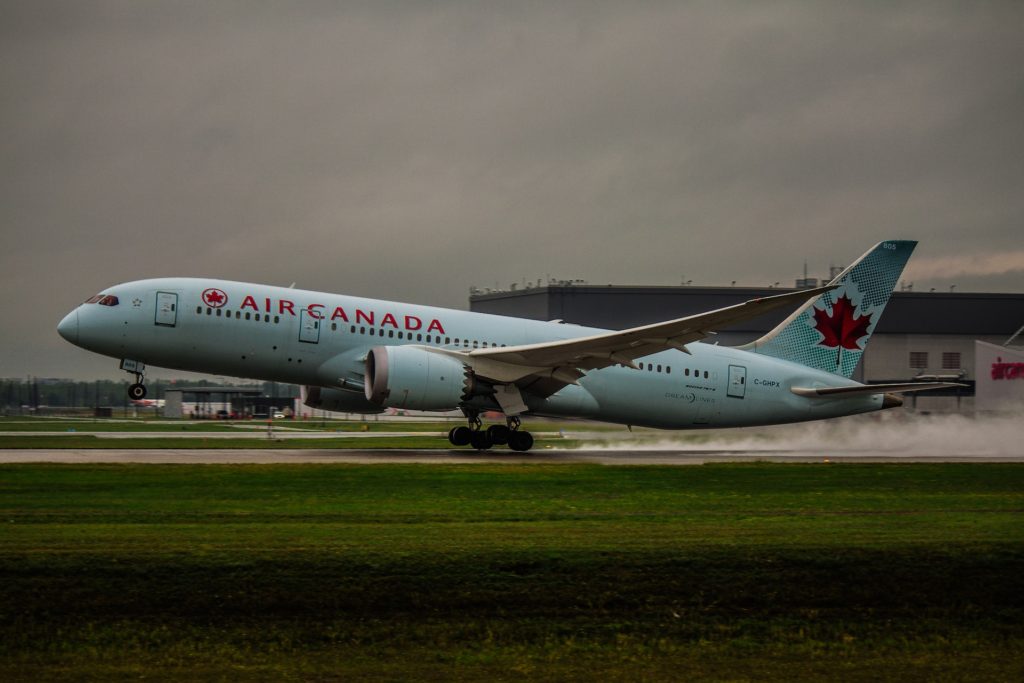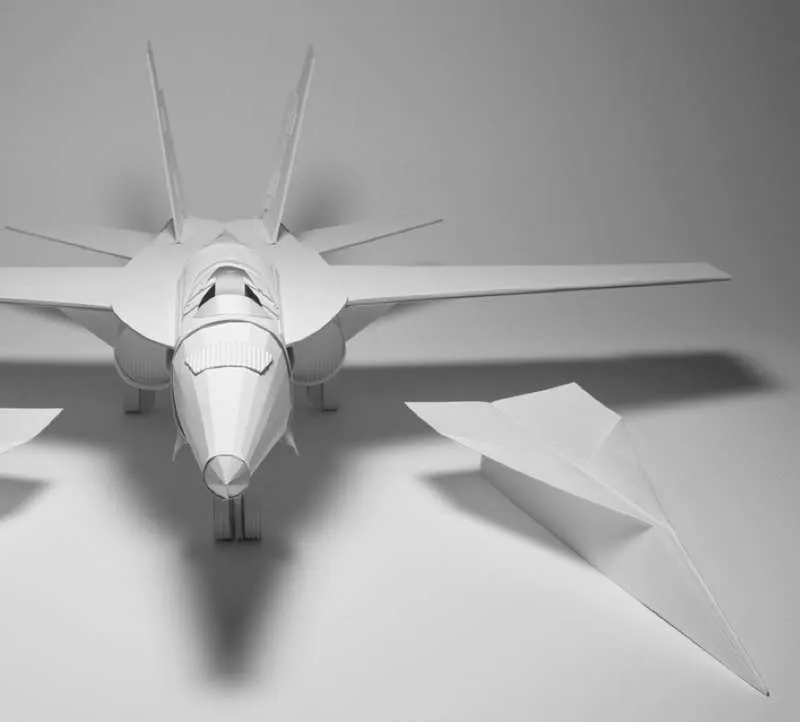Have you ever marveled at the wonders of aviation? From the majestic flying machines that soar through the skies to the humble paper airplanes crafted with our own hands, there’s something captivating about the world of flight. In this blog post, we’ll embark on an exciting journey to explore the fascinating differences between paper airplanes vs real airplanes. Buckle up and prepare for takeoff.
Table of Contents
- The Art of Paper Airplanes
- The Engineering Marvel of Real Airplanes
- Paper Airplanes vs. Real Airplanes: A Head-to-Head Comparison
- Frequently Asked Questions
The Art of Paper Airplanes

Let’s begin our journey by appreciating the artistry and simplicity of paper airplanes. Whether you’re a child or an adult, the joy of folding a sheet of paper into a flying object never gets old. ‘How to make a paper airplane’ has been a question pondered by many. The process involves precise folds, strategic creases, and a touch of creativity. There are numerous ‘paper airplane designs’ to choose from, each with its unique flight characteristics and style. The ‘best paper airplane’ is often the one that strikes a perfect balance between aerodynamics and simplicity.
If you’re eager to explore the world of paper airplanes, visit Liftndrift’s – How to Make a paper airplane website which is dedicated to this timeless art. They provide step-by-step ‘paper airplane instructions’ and a vast collection of ‘paper airplane designs’ for enthusiasts of all skill levels. From basic designs for beginners to intricate models for the more ambitious, liftndrift has you covered.
The Engineering Marvel of Real Airplanes

Now, let’s switch gears and delve into the realm of real airplanes. These marvels of engineering demonstrate the incredible feats humans can achieve when it comes to conquering the skies. Unlike their paper counterparts, real airplanes are complex machines that require meticulous design, powerful engines, and advanced technologies to operate.
To gain insight into the flight science behind real airplanes, visit the Flight Science menu on the top. It provides an in-depth exploration of the principles that govern flight and the fascinating mechanisms that allow real airplanes to take to the air. From lift and drag to propulsion and control, you’ll gain a deeper understanding of the science behind this awe-inspiring mode of transportation.
Paper Airplanes vs. Real Airplanes: A Head-to-Head Comparison

Now that we appreciate the art and engineering behind paper airplanes and real airplanes, let’s compare the two and highlight their intriguing differences.
Size and Materials
Paper airplanes are lightweight and compact, made entirely from paper. They can fit in the palm of your hand and are easily customizable with different colors and patterns. On the other hand, real airplanes are massive machines constructed from various materials, including aluminum, composite materials, and advanced alloys. Their size and weight are significantly greater, allowing them to carry passengers, cargo, and advanced avionics systems.
Flight Capabilities
While both paper airplanes and real airplanes are designed to fly, their flight capabilities differ vastly. Paper airplanes rely on the principles of aerodynamics to generate lift and glide through the air for short distances. They can perform loops, barrel rolls, and other simple maneuvers. Real airplanes, powered by engines, possess the ability to sustain controlled flight for extended periods, reach high speeds, and travel long distances.
Complexity and Control
The simplicity of paper airplanes contributes to their charm. With a few folds, you can transform a piece of paper into a flying wonder. However, their flight characteristics are limited due to their lightweight nature. In contrast, real airplanes feature intricate designs, including wings, fuselage, control surfaces, and advanced navigation systems. Pilots have precise control over real airplanes, allowing them to ascend, descend, and maneuver with precision.
Practical Applications
While paper airplanes serve as a source of entertainment and a means to explore aerodynamics, real airplanes have a significant impact on society. They facilitate global travel, transportation of goods, emergency medical evacuations, and even military operations. Real airplanes have revolutionized the way we connect with the world and have become an indispensable part of modern civilization.
Frequently Asked Questions:
Creating a paper airplane is an enjoyable activity. Start with a rectangular piece of paper, follow a specific folding sequence, and voila! To learn more about the step-by-step process of making paper airplanes, visit Liftndrift’s guide on how to make a paper airplane that flies far.
There is a wide variety of paper airplane designs to explore. Some popular designs include the Nakamura Dart, Zazoom, Boomerang, Glider, and many more. Check out Liftndrift’s collection of paper airplane designs for inspiration and instructions.
Paper airplanes are primarily designed for short flights and aerobatic maneuvers. However, with the right design and technique, you can achieve greater distances. Discover tips and tricks for making paper airplanes that fly far at Liftndrift.
Absolutely! Various folding techniques and approaches can enhance the performance of your paper airplanes. Liftndrift offers a range of ‘paper airplane templates’ and instructions to help you explore different folding techniques. Visit their paper craft section for free templates and printables.
Real airplanes stay in the air through a combination of aerodynamic forces, including lift, drag, thrust, and weight. To understand the science behind how real airplanes achieve and maintain flight, delve into Liftndrift’s informative article on the flight science behind real airplanes.
Determining the best paper airplane design depends on personal preference and flight objectives. Liftndrift features an assortment of designs suitable for different needs and skill levels. Explore their curated list of best paper airplane designs to find the perfect match for your flying aspirations.
From the simplicity and joy of crafting paper airplanes to the awe-inspiring complexity of real airplanes, the world of flight encompasses a range of fascinating experiences. Whether you’re marveling at the elegance of a soaring real airplane or witnessing the acrobatic maneuvers of a well-crafted paper airplane, both have their place in capturing our imagination.
Remember, while paper airplanes may offer a glimpse into the world of aviation, real airplanes represent the culmination of human ingenuity and engineering prowess. So, the next time you see a paper airplane gracefully gliding through the air, take a moment to appreciate the wonders of flight in all its forms.
Bon voyage!

